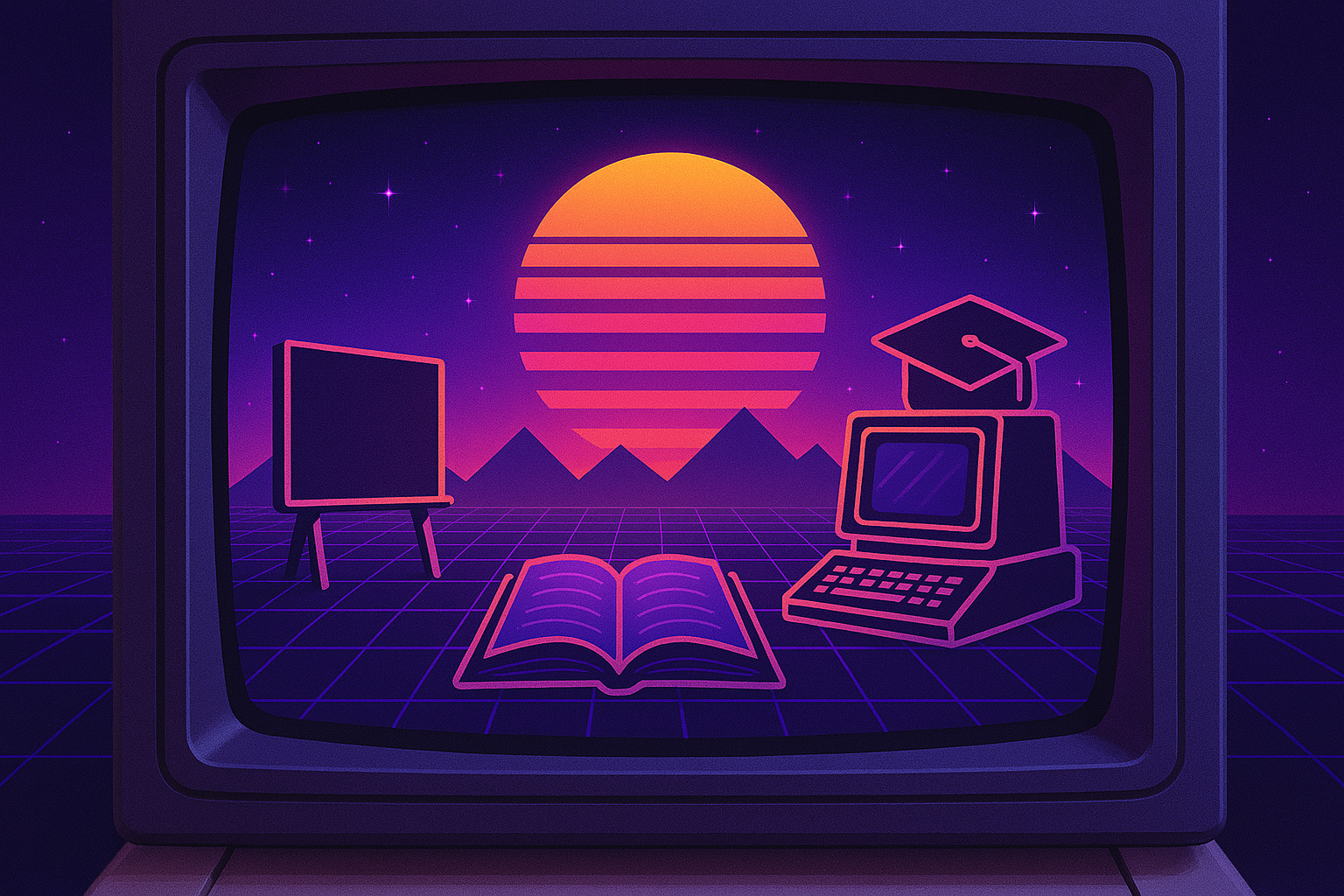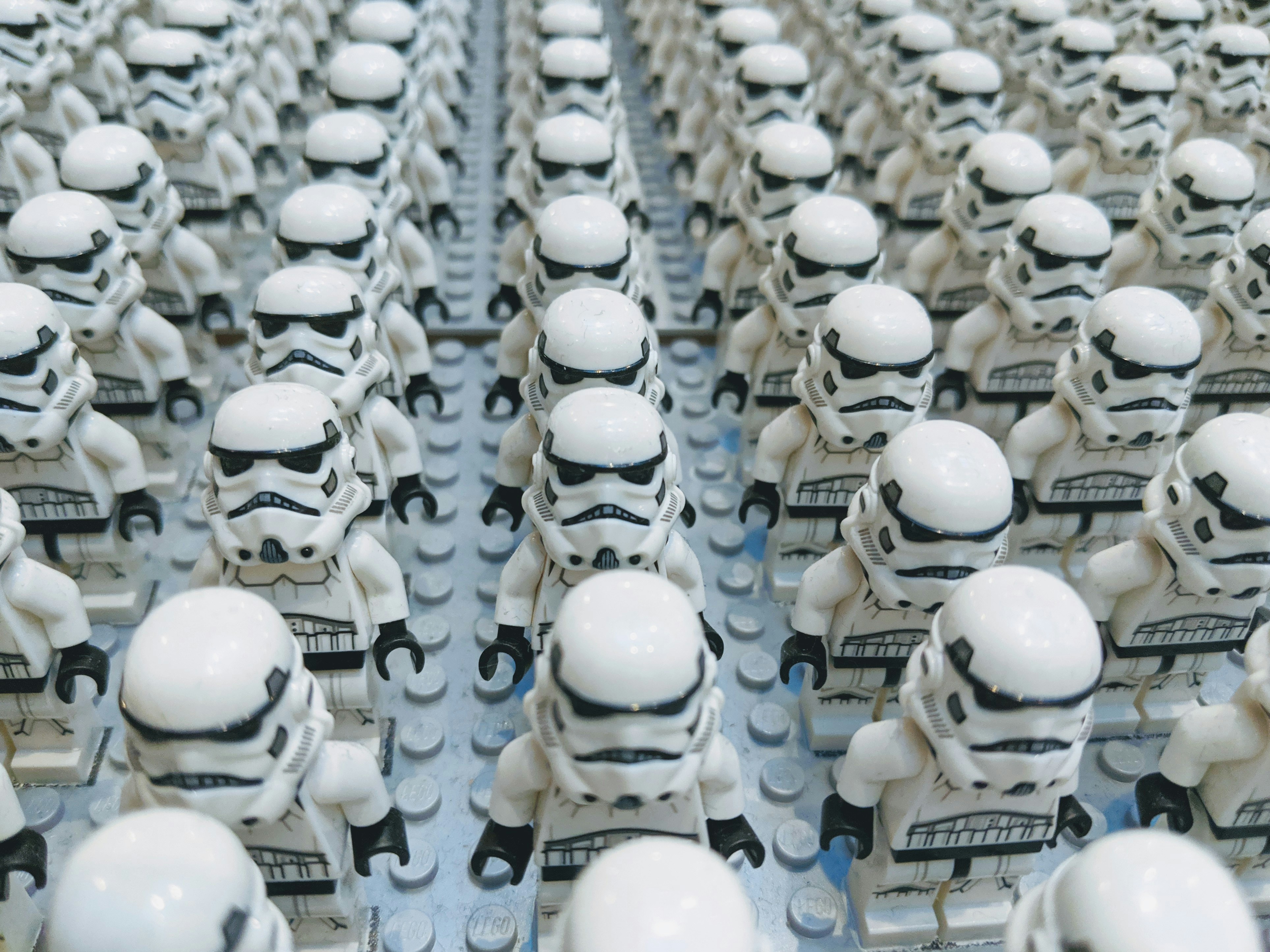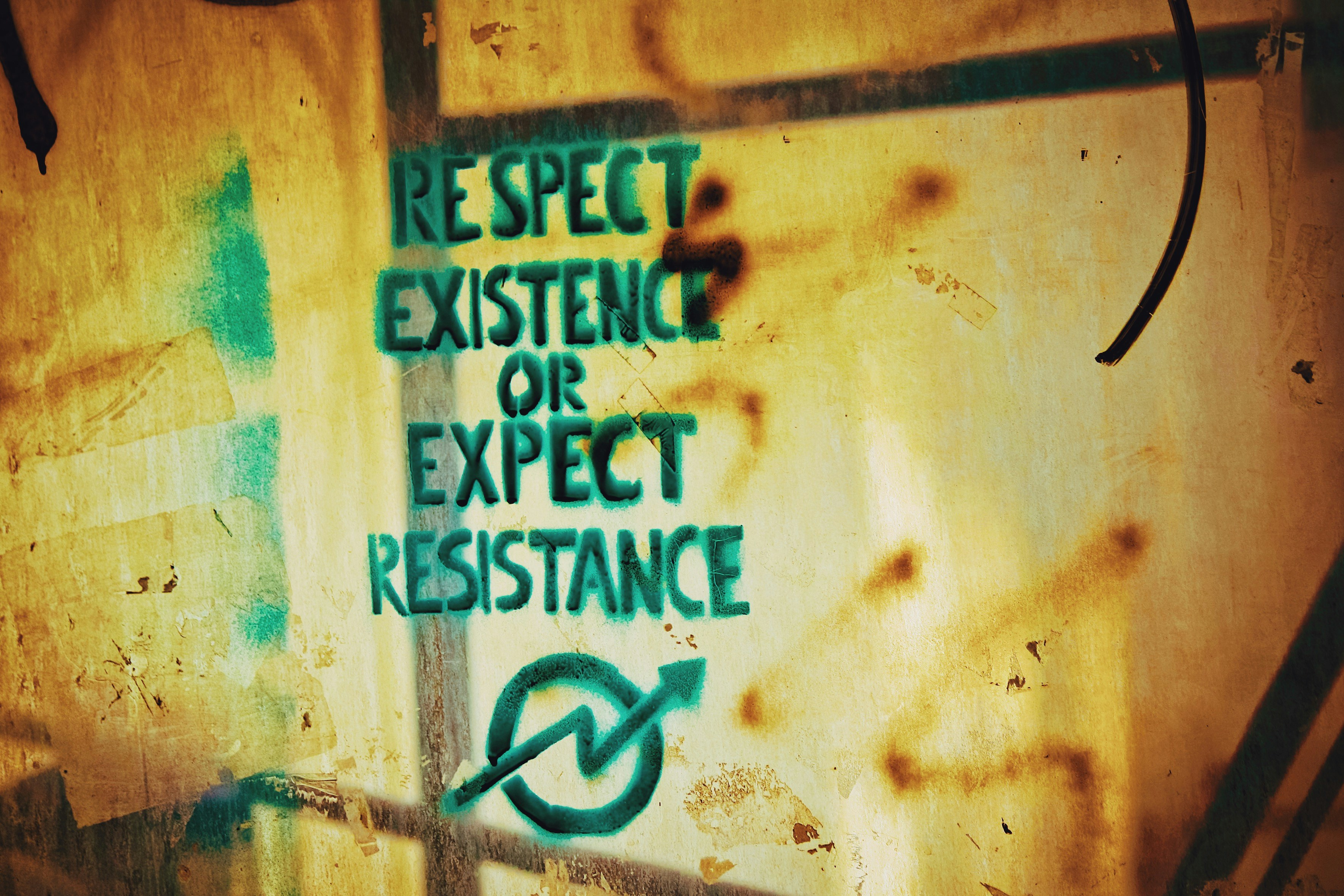
 John Moravec
John MoravecGenuine equity demands creative schools
Education systems that narrowly define success solely in terms of conformity and compliance inherently perpetuate inequity. This restrictive approach marginalizes students whose strengths lie in innovation, originality, or unique thinking, overlooking learners who approach problems differently or express themselves in unconventional ways. True equity in education means intentionally recognizing and valuing a diversity of talents, ideas, and experiences, thereby dismantling systemic barriers that restrict creative expression and innovative thought.
From Manifesto 25:
Any education system that tolerates inequities is complicit in injustice. Systems designed to perpetuate inequality fail everyone. Schools must move beyond token acknowledgments of diversity to dismantle systemic barriers. Curricula should amplify marginalized voices and ensure that every learner is genuinely seen, heard, and valued. Equity and inclusion are not optional add-ons—they are the foundation of a fair and sustainable education system.
Genuine equity emerges from learning environments that empower students to safely explore and express their creativity. This is especially vital for learners historically discouraged due to biases linked to race, gender, socioeconomic status, ability, or intersectional identities. Inclusive schools understand creativity not as a distraction, but as an essential component of holistic education. They actively cultivate environments where students feel confident experimenting, asking unconventional questions, and developing unique perspectives without fear of judgment. These schools embrace diverse ideas and empower students to discover their own pathways to successful and fulfilling futures.
An equitable school culture explicitly encourages students to experiment, explore new ideas, and take intellectual risks. Teachers foster creativity by modeling curiosity, embracing unconventional thinking, and intentionally soliciting diverse perspectives. This environment particularly empowers students of color, students from lower socioeconomic backgrounds, students with disabilities, and those traditionally marginalized by rigid, conventional educational practices. By embracing creativity as a core tenet, schools actively level the playing field and acknowledge varied talents as equally valuable.
Curricula that prioritize creativity naturally elevate marginalized voices. When students feel empowered to explore original ideas, their unique identities, cultures, and personal experiences become integral to the learning process. Creative curricula go beyond surface-level diversity efforts by integrating diverse lived experiences directly into daily academic content. Real inclusion means ensuring students have safe and supportive spaces to share their authentic selves, especially when their perspectives challenge traditional expectations or norms.
Ultimately, true equity requires shifting from rigid educational standards to flexible, personalized learning opportunities that genuinely align with each student’s unique strengths, passions, and backgrounds. Personalized pathways are particularly beneficial for students from marginalized communities by recognizing diverse forms of success, whether in arts, sciences, entrepreneurship, or social innovation. This approach acknowledges intersectional identities and ensures that educational opportunities meaningfully reflect each student’s experiences and interests, fostering deeper engagement and belonging.
Actionable steps school leaders and policymakers can use to foster equity through creativity and innovation:
- Redesign curricula for creativity and inclusion. Curricula should prioritize interdisciplinary exploration, project-based learning, and real-world problem-solving. Students might tackle sustainability by using digital tools and data analytics to propose innovative solutions for their communities. Lessons should leverage diverse cultural experiences, inviting students to express ideas through digital media, coding, and storytelling platforms. For example, students might use digital storytelling platforms and data analytics to document and analyze local community histories, allowing them to amplify traditionally marginalized voices, experiences, and perspectives while developing digital literacy skills.
- Foster creativity-friendly school culture. Build classroom environments that encourage experimentation and intellectual risk-taking. Teachers should use platforms such as podcasts, digital portfolios, or student-created videos to share diverse voices and innovative ideas, promoting curiosity and unique perspectives. Schools can host innovation showcases or hackathons where students share projects that reflect their backgrounds and interests.
- Develop personalized, flexible learning pathways. Replace rigid, standardized education models with pathways tailored to individual talents and aspirations that resonate deeply with each learner. For example, students may engage with adaptive learning technologies, personalized AI-driven mentorship, or virtual collaborative projects to pursue passions in fields such as digital storytelling, STEM innovation, social entrepreneurship, or creative arts.
- Invest in innovation spaces and digital resources. Create innovation hubs, maker spaces, or virtual creative studios equipped with modern technology—such as virtual reality, augmented reality, coding platforms, and media production tools. Providing these resources ensures marginalized students can access tools that support innovation and creative exploration, reducing digital inequities.
- Build genuine partnerships for authentic learning. Collaborate with local businesses, nonprofits, universities, and cultural organizations to provide meaningful real-world projects. These partnerships validate diverse pathways to success, helping students apply their creativity and innovation in real-world contexts.
- Promote diverse student leadership and voice. Empower marginalized students by giving them platforms to share their ideas, lead school projects, and shape their educational environment. Support youth-led podcasts, blogs, or digital media channels to share and amplify diverse experiences, fostering agency, belonging, and visibility.
Real inclusion means recognizing and cultivating the potential of every learner. Schools should replace uniform standards with flexible, personalized learning pathways, providing opportunities that genuinely match each student’s passions, interests, and talents. This requires shifting from conformity-driven structures to environments where creativity flourishes as each person is recognized and celebrated. Assessment, likewise, must evolve to acknowledge innovation, effort, and originality, rather than mere conformity to standardized expectations.
True equity in education enables each student to meaningfully participate and contribute to the world. When schools center creativity, they dismantle barriers that disproportionately affect marginalized learners, especially students of color, those from lower socioeconomic backgrounds, learners with disabilities, or students whose talents have historically gone unrecognized. Prioritizing creativity creates environments where marginalized learners gain confidence, find their voices, and share unique perspectives that might otherwise remain hidden. Equity-driven creativity ensures that all students receive the freedom and resources to fully explore and express their potential. Every student deserves an education that intentionally cultivates their individual strengths and aspirations, removing the systemic barriers that perpetuate inequity.
Read and sign Manifesto 25 at https://manifesto25.org
Recommended readings
Digital Promise. (2024). A new approach to digital equity: A framework for states and schools. https://digitalpromise.org/2024/08/14/a-new-approach-to-digital-equity-a-framework-for-states-and-schools/
UNESCO. (2021). Reimagining our futures together: A new social contract for education. https://doi.org/10.54675/ASRB4722



